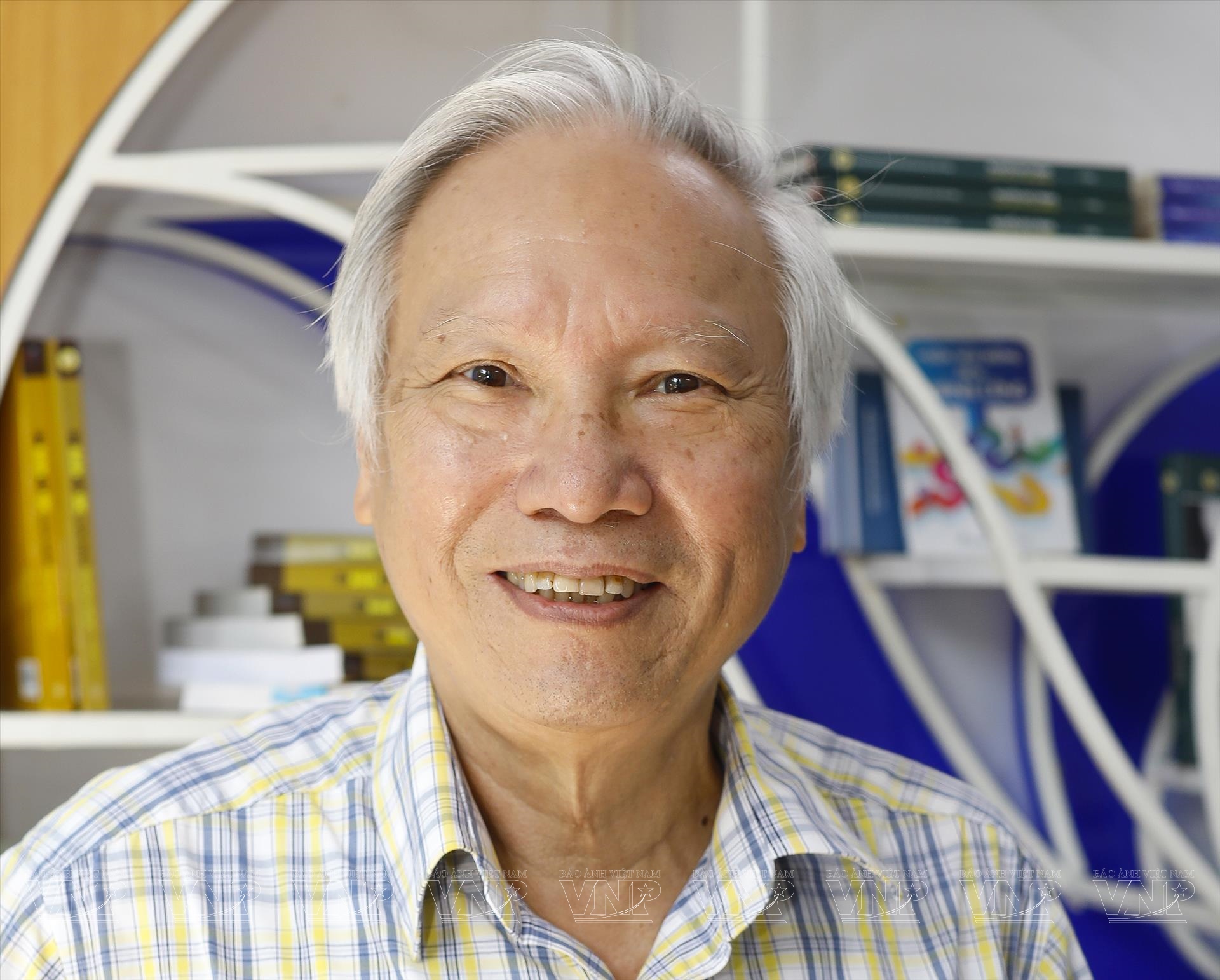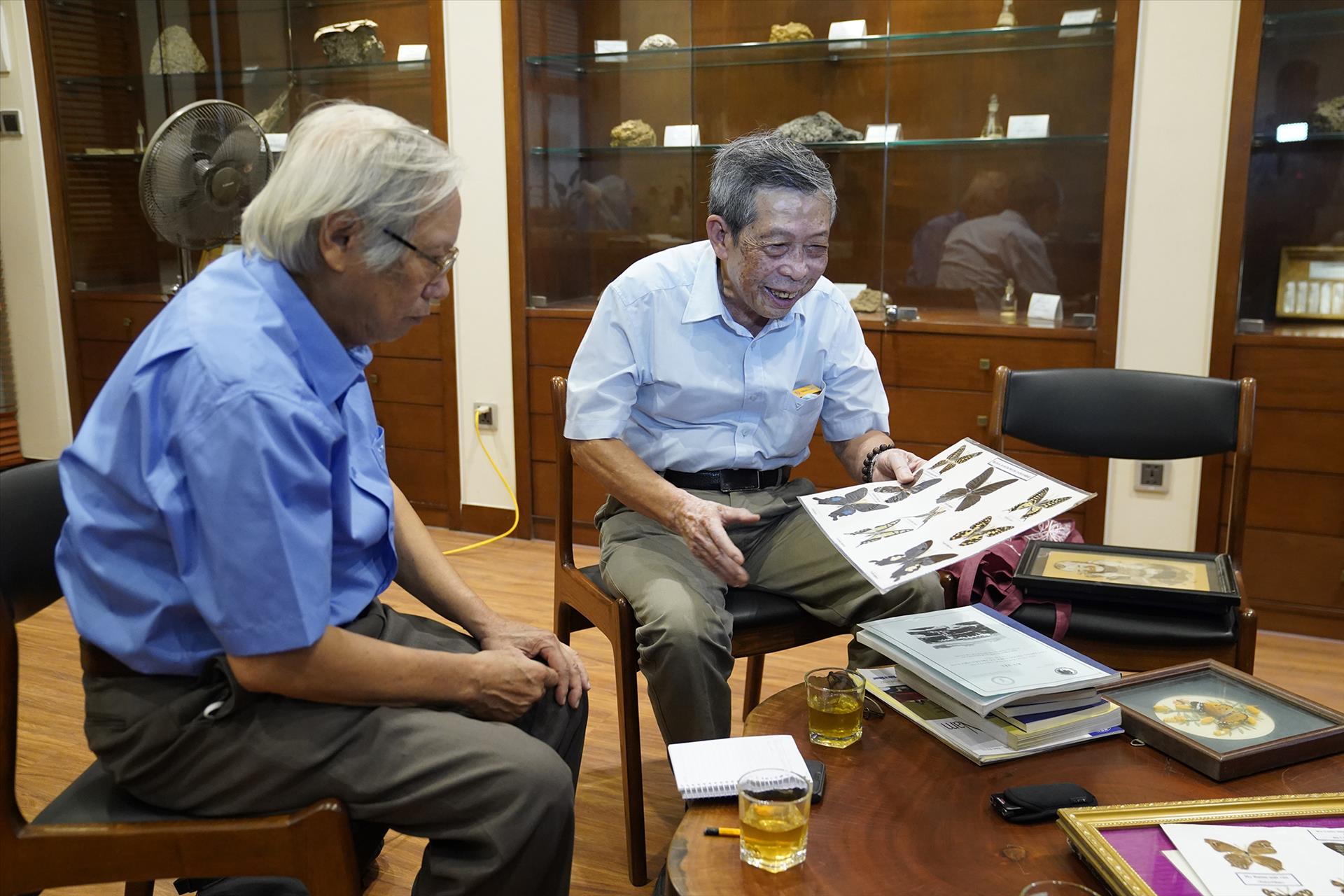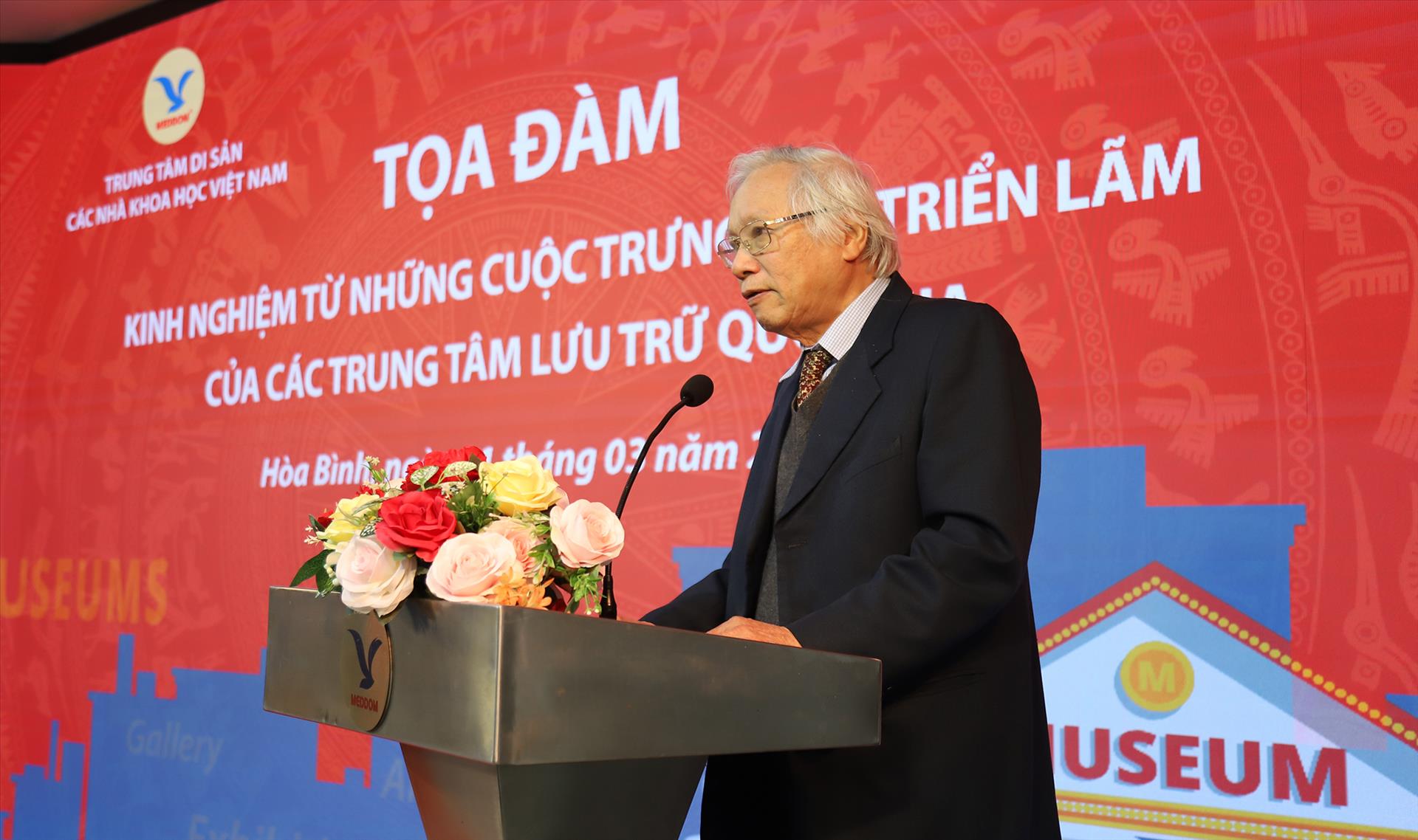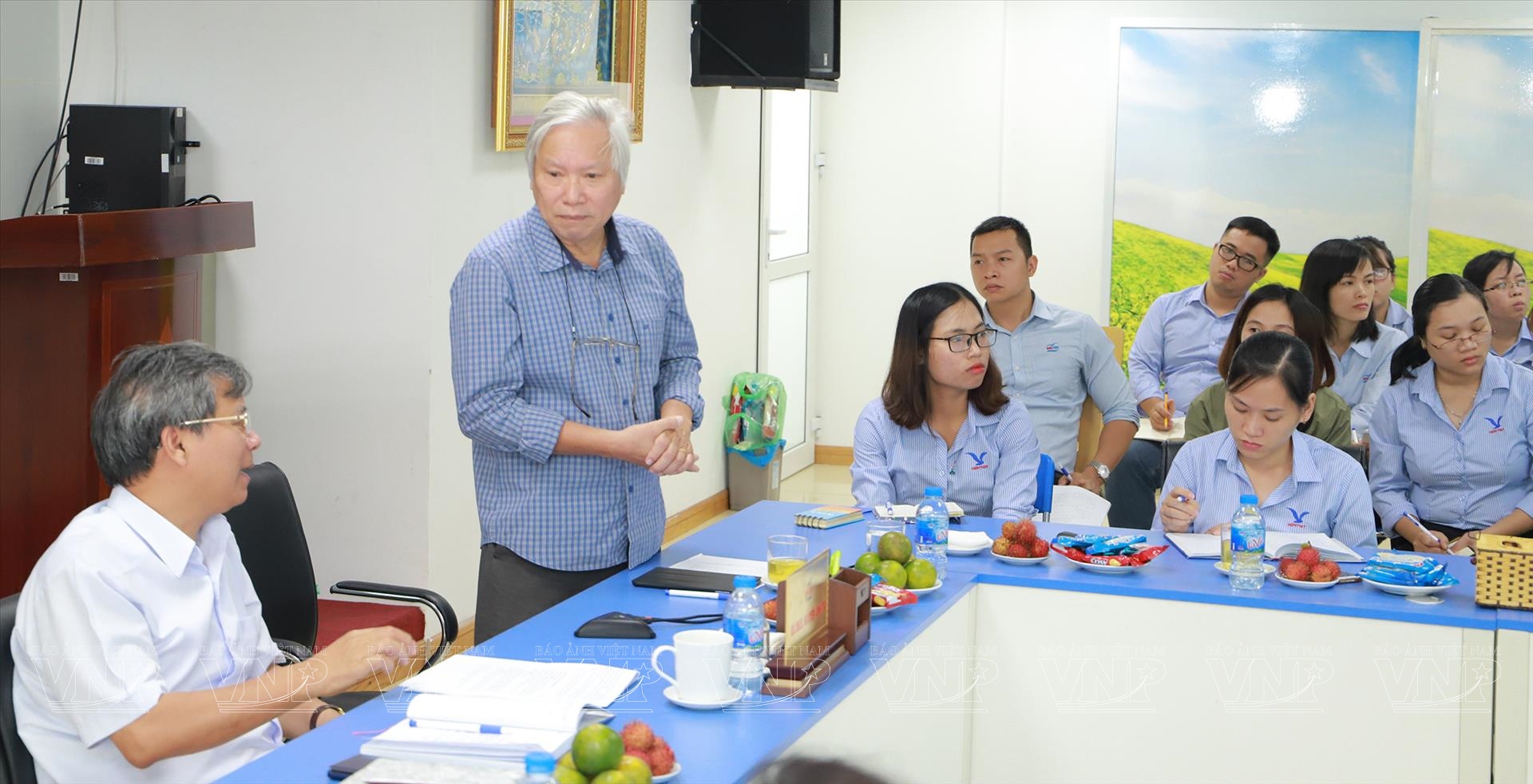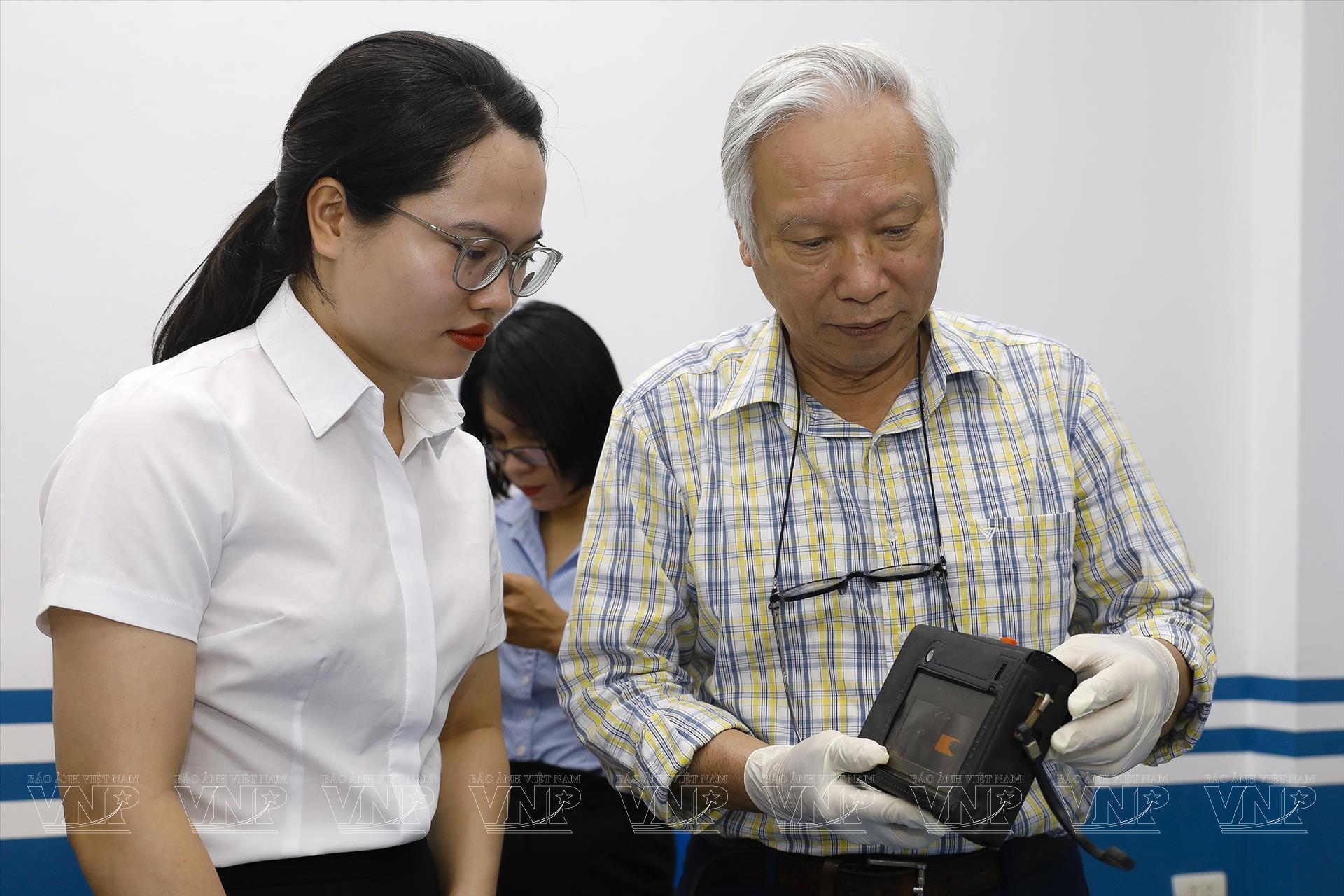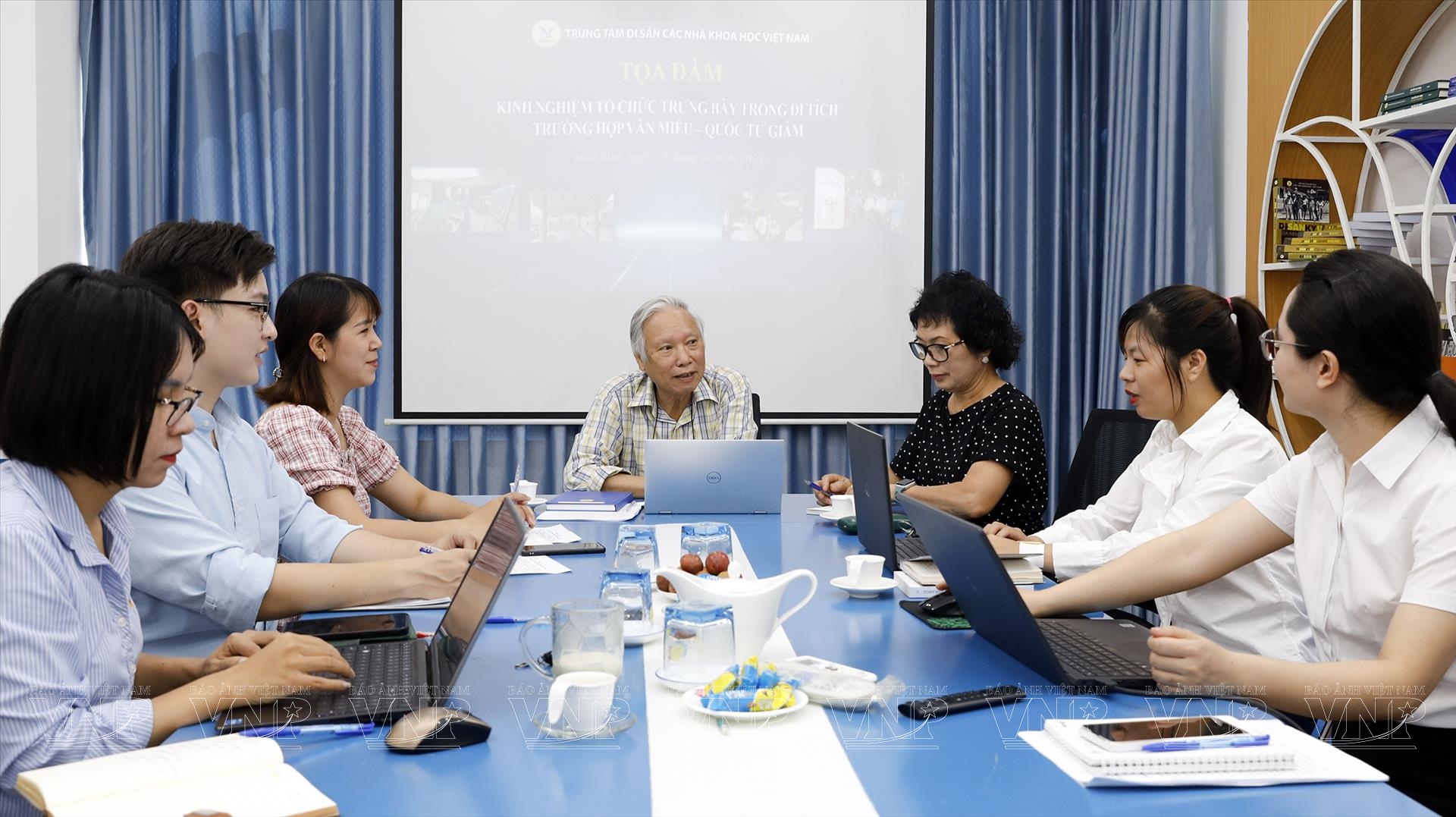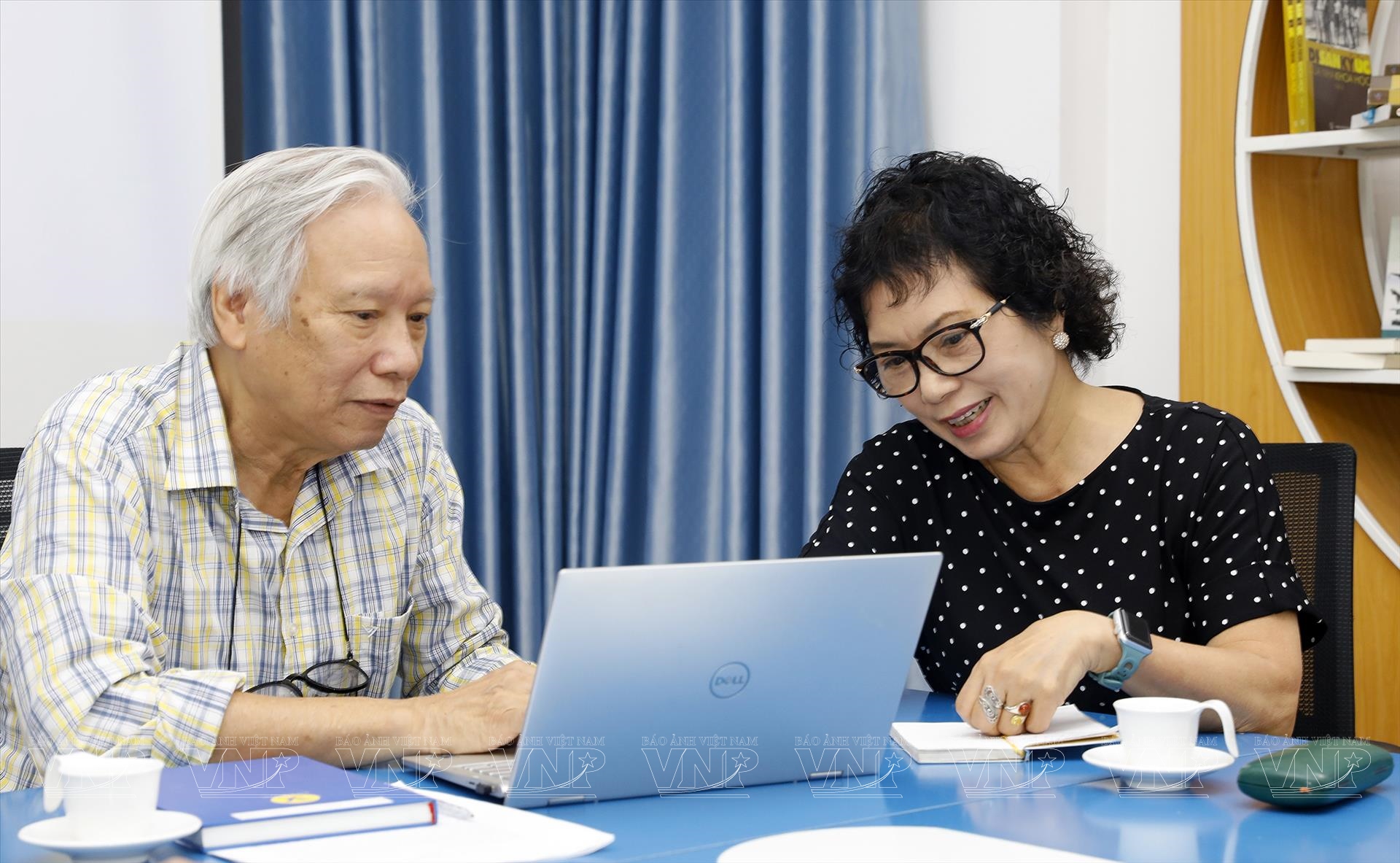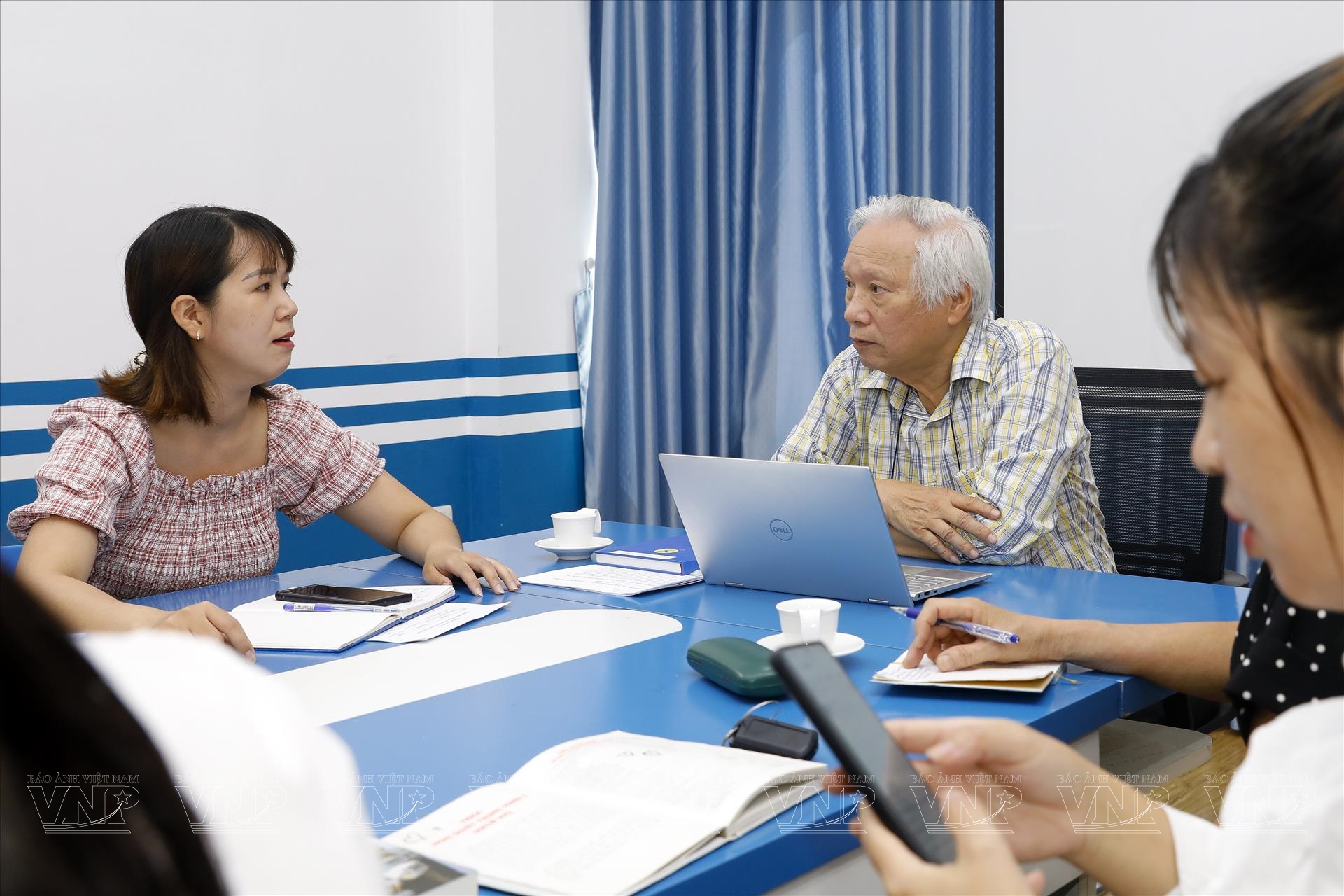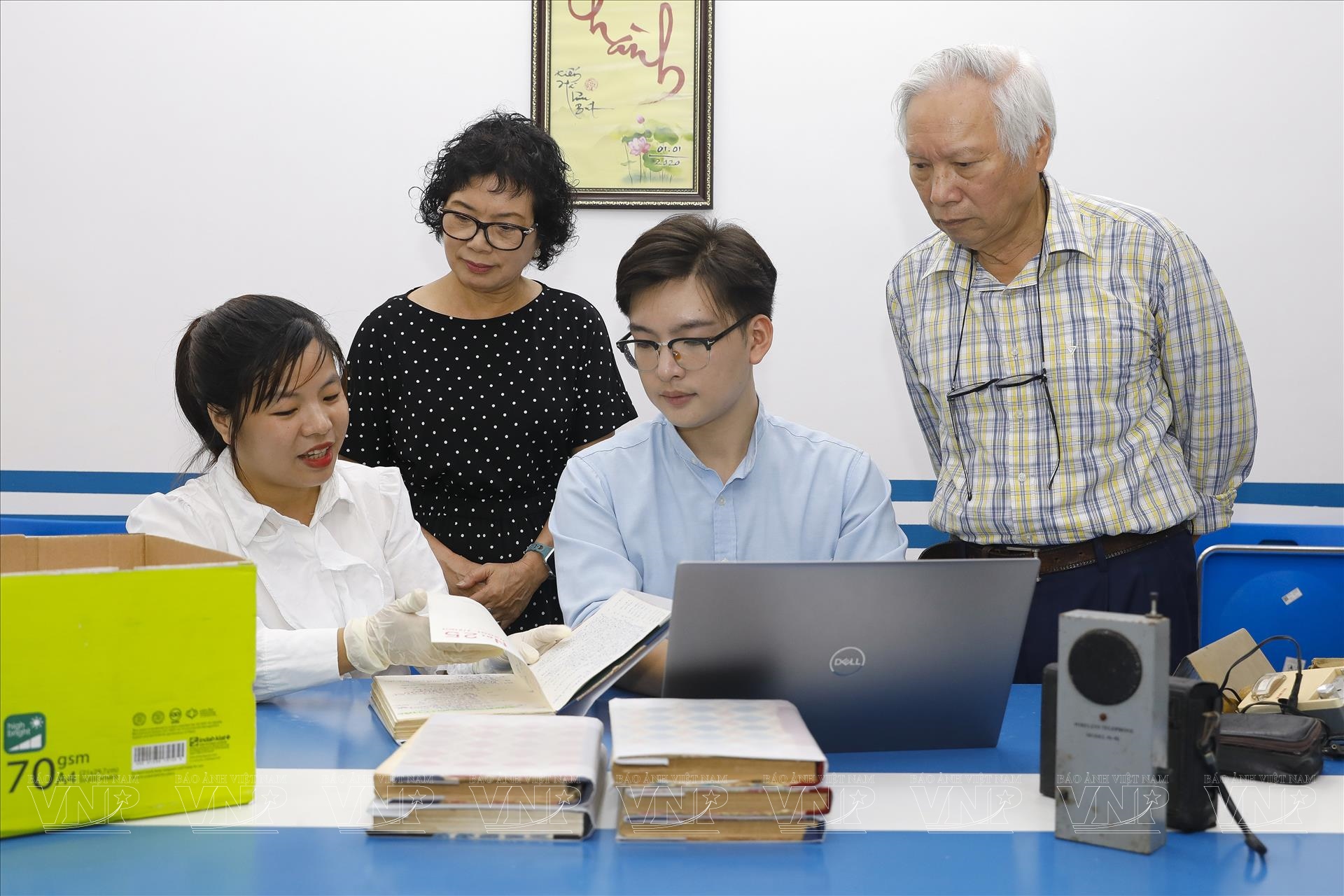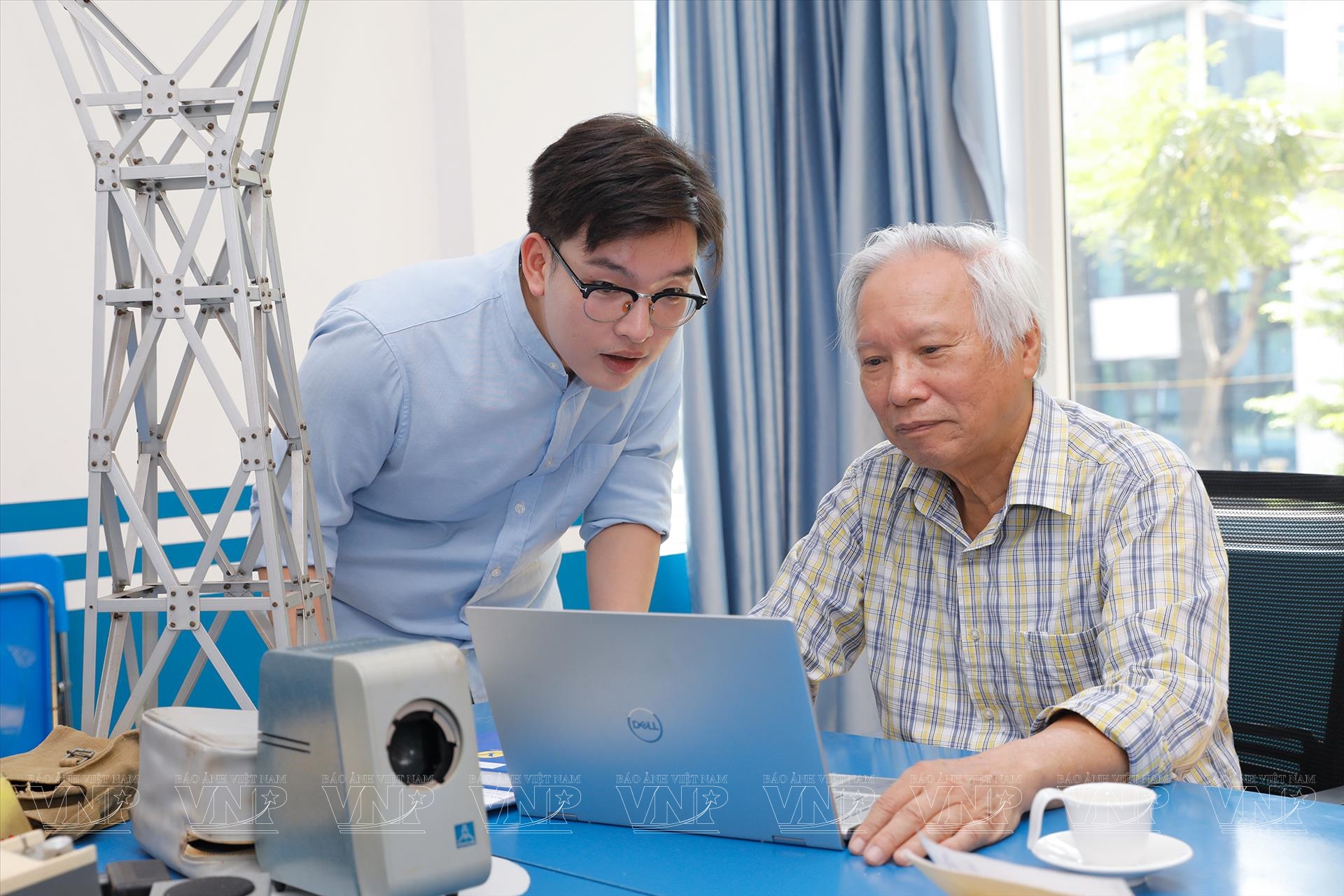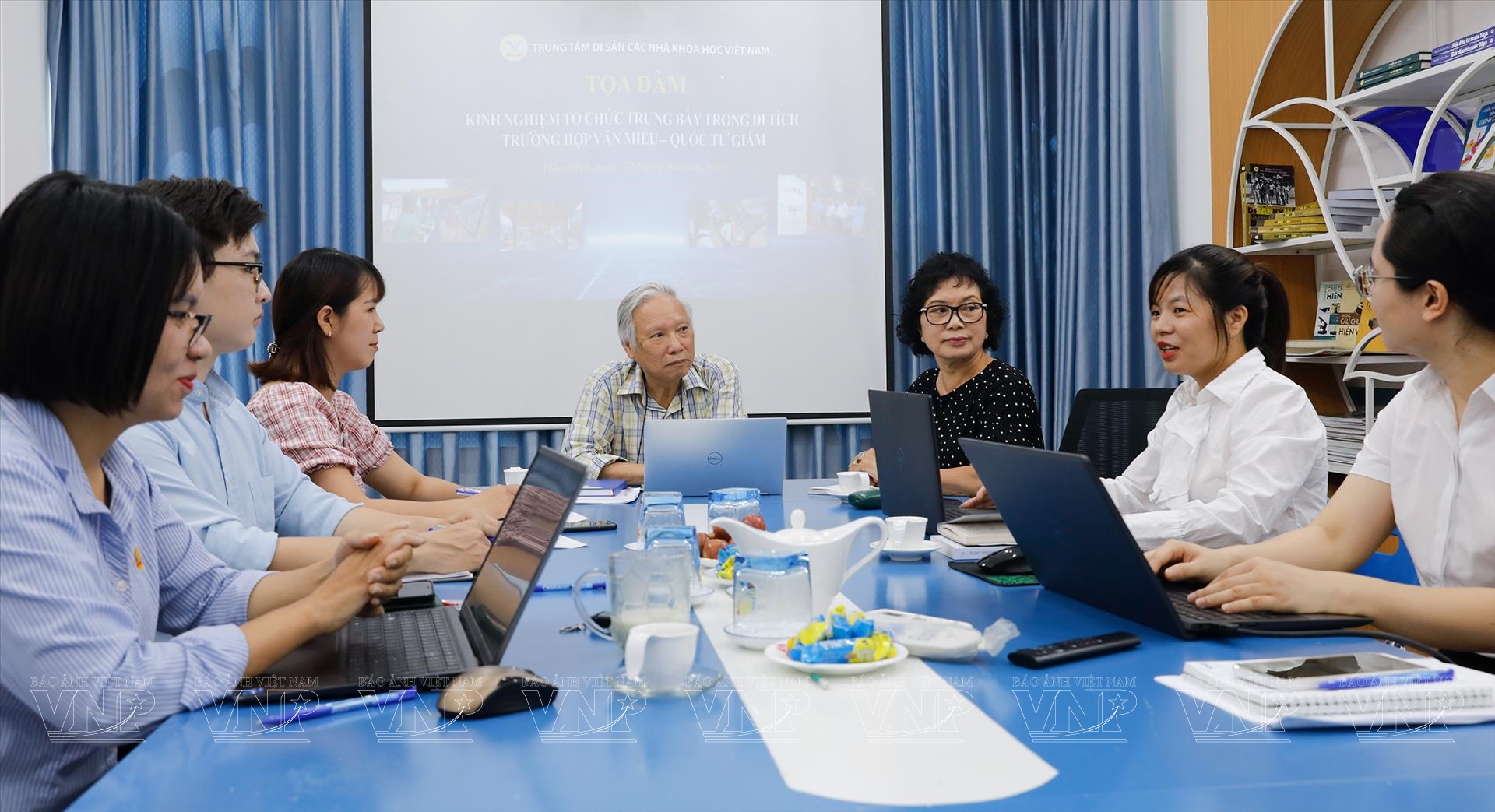An innovator in museum exhibitions
Dr. Nguyen Van Huy, former director of the Museum of Ethnology in Vietnam, is known for initiating a "revolution" in museum exhibitions in Vietnam.
The first things…
According to Dr. Nguyen Van Huy, museums are vital cultural institutions, serving as spaces to preserve valuable artifacts and actively contribute to safeguarding and promoting the cultural and historical heritage of a nation. However, nearly three decades ago, Vietnamese museums were desolate and lacked visitors. Consequently, Assoc. Prof. Nguyen Van Huy was concerned at about how to ensure that the Museum of Ethnology, after its establishment, would not suffer the same fate
In 1987, through the Reconciliation Fund, Vietnam for the first time welcomed a delegation of social scientists from the United States to visit Hanoi, marking an opportunity for cooperation between the two countries. This visit served as a serendipitous moment that enabled Dr. Nguyen Van Huy to connect with the global museum community. In the years following, during the establishment of the project for the Museum of Ethnology, Dr. Huy embarked on visits and collaborations with museum professionals from France, the United States, and Japan. These interactions provided him with exposure to the latest ideas and concepts in the museum field worldwide.
Recalling his trip to Japanese museums, Dr.Nguyen Van Huy said, "Those 15 days were like a university course on museums." He mentioned that the "revolution" in museum exhibition methods he implemented took shape after those educational trips.
In 1995, the Vietnam Museum of Ethnology officially opened its doors to visitors. For the first time, the Vietnamese people had the opportunity to visit a museum where ethnic groups themselves directly presented their cultures and languages through video clips or live performances. This approach provided visitors with firsthand insights into the diverse cultural heritage and languages of different ethnic groups.
For the first time, a museum featured an outdoor exhibition area showcasing houses from various ethnic groups across the country. It was also the first instance where people were given the opportunity to suggest ideas and personally select images and artifacts from their own ethnic groups for display and presentation to visitors. Additionally, it was the first time a museum included an interactive room designed for childrento experience and offered visitors a 3D pocket museum guide, incorporating advanced technology.
The establishment of the Museum of Ethnology, with its myriad of "firsts," prompted a paradigm shift in the museum community in Vietnam. It compelled museums to reassess their approaches and reevaluate their practices for many years to come. The Museum of Ethnology emerged as a phenomenon and a trailblazer for exhibitions, leading Vietnamese museums to transition from being "static" to becoming more "dynamic."
Fresh perspectives for museum activities in Vietnam
In 2008, after retiring, Dr. Huy was invited by the leadership of the Vietnam Women's Museum to provide consultation. Over two years, with his assistance, the Vietnam Women's Museum restructured its system and conducted training programs. By 2010, the Vietnam Women's Museum underwent a significant transformation, completely changing its content and appearance.
The subsequent exhibitions at the Vietnam Women's Museum received high praise from experts and the public for their aesthetic appeal, vividness, and diversity. The museum has breathed more life by focusing on reflecting everyday contemporary stories, such as women in the family, women in history, and societal issues and narratives related to gender that society currently cares about and contemplates. Through the stories of women, one can grasp a part of Vietnamese society, this newfound value, achieved through the guidance of Dr. Huy, is what the Vietnam Women's Museum successfully accomplished.
Another successful example of a renovation effort involved the Reunification Palace, with the participation of Dr. Huy, along with experts and the entire staff of the Reunification Palace. Previously, visitors to the Reunification Palace had to listen to explanations without much available information to explore the architecture and history of the site independently. However, since 2014, with the assistance of Dr. Huy, the Reunification Palace underwent a transformation. It introduced an interpretation system and an informative setup in each room, featuring rich and captivating content that visitors could explore and search through on their own. The exhibition "From Norodom Palace to Reunification Palace" (March 2018) achieved a new level of success, marking a significant leap in innovative storytelling through exhibition techniques. As a result of these changes, the Reunification Palace has attracted a notable increase in visitors.
According to Dr. Huy, the first step to take for museums to evolve is to change their mindset and innovate their interpretation and display methods to attract visitors, especially the younger generation. Additionally, there's a need to continue shifting perspectives and transform museums into places of "experiential education" for younger generations who will determine the fate of heritage and the country's future. If this is achieved, Vietnam will cultivate a generation that loves, recognizes, evaluates, and respects the history and cultural heritage of its people. "And that is an investment for the future effectively," he emphasized.
Story: Thao Vy
Photos: Viet Cuong & Files
Translated by Nguyen Tuoi
